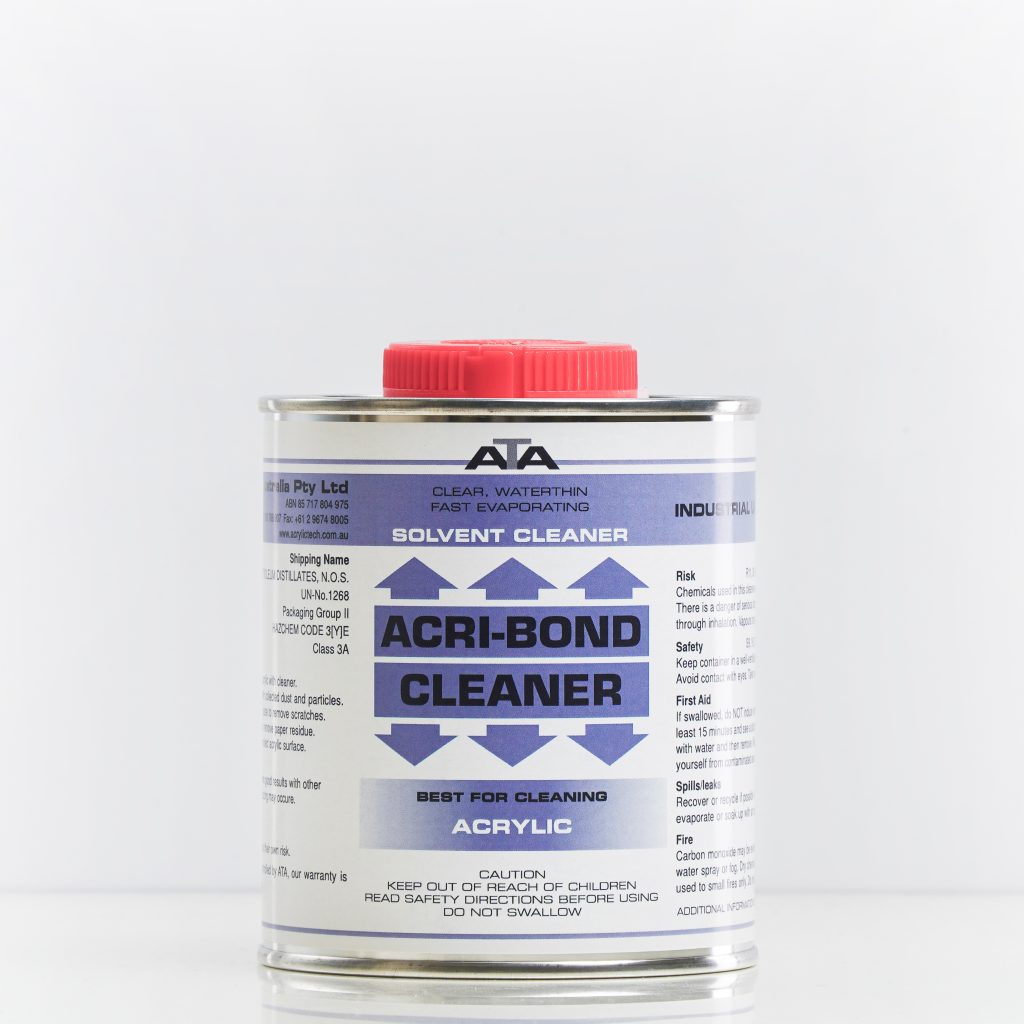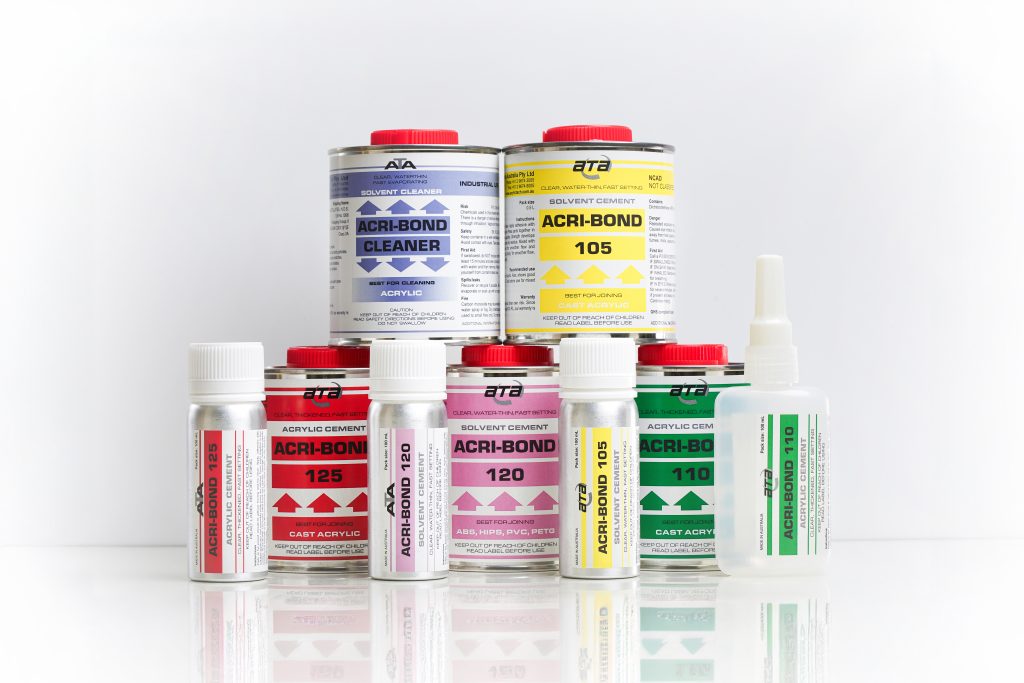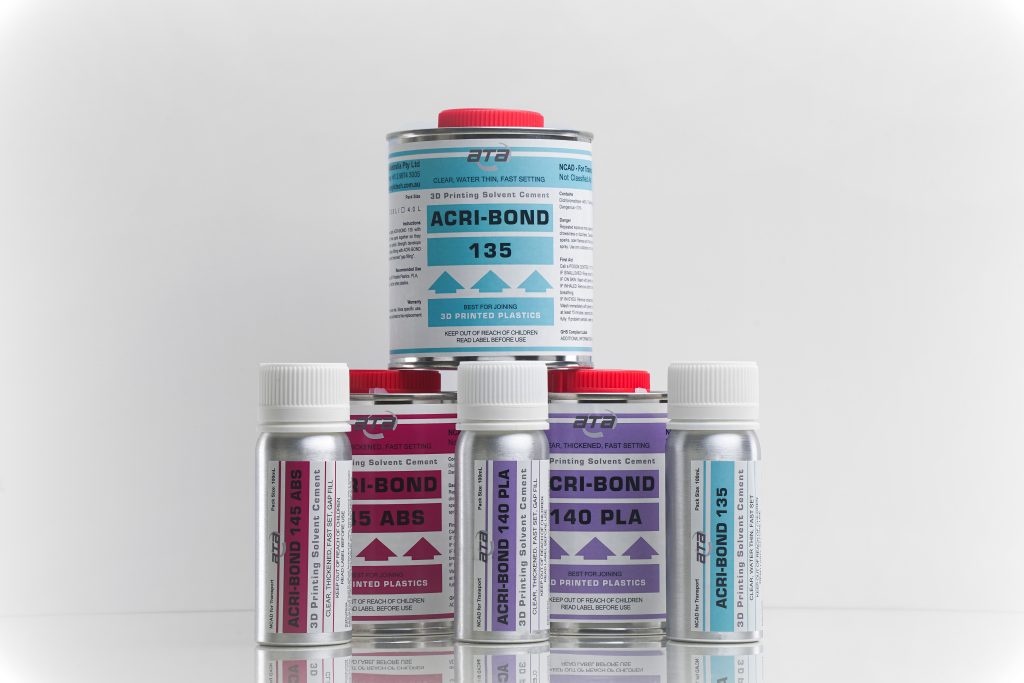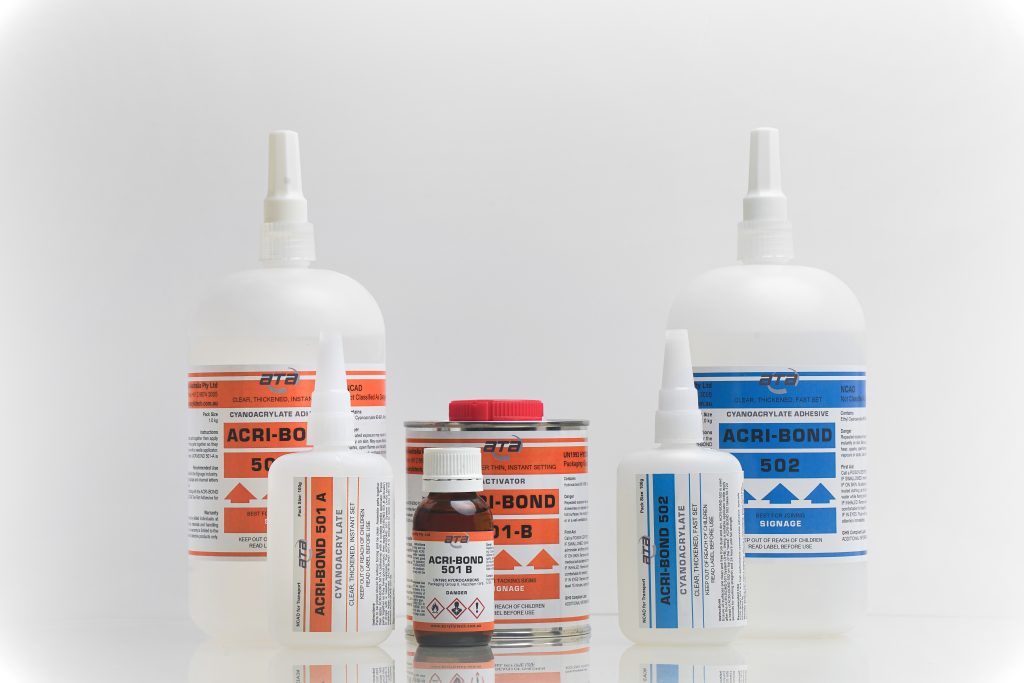The Importance of Using the Right Cleaner in Acrylic Fabrication
When working with acrylic, the quality of your finish, bond strength and long-term durability all start with one simple step: cleaning! It’s often overlooked or rushed, but using the right cleaner during fabrication can mean the difference between a flawless, long-lasting product and one that cracks, hazes or fails prematurely. In this post, we’ll walk through why cleaning matters, what can go wrong, and how to do it right.
Why Cleaning Matters in Acrylic Fabrication
Every stage of acrylic fabrication from gluing to bending and polishing relies on a clean, residue-free surface. Dust, oils and adhesive residue can all affect how acrylic behaves when fabricating. Poor cleaning with the wrong products can lead to cloudiness, bonding issues or visible blemishes that show up after the job is done. By properly cleaning your acrylic you can ensure strong adhesive bonds, prevent surface damage during manufacturing and maintain the optical clarity of acrylic.
What Happens When You Use the Wrong Cleaner
Using common household cleaners, alcohol-based or ammonia-containing products can severely damage acrylic. These cleaners may seem harmless, but they can:
- Soften or craze the acrylic surface especially solvent based ones as acrylic is very susceptible to solvents
- Leave behind residues that can interfere with adhesives such as anti stats
- Trigger stress cracks, especially after gluing or heat bending
Even wiping with a dirty cloth or paper towel can scratch or embed particles into the material, especially on clear acrylic.
How Surface Contamination Affects Bonding and Appearance
Bonding acrylic isn’t just about using the right adhesive it’s also about ensuring both surfaces are clean befoer doing so. Fingerprints, oils or invisible residues can lead to:
- Adhesive failure or weak bonds from uneven cure
- Air bubbles and whitening along the bond line
- Dust or dirt embedded into joints leading to poor appearance
In high-end fabrication work like display cases, acrylic point of sale or signage, any surface contamination can ruin the final appearance and reduce product lifespan.
Recommended Cleaner for Acrylic Fabrication
We recommend using ACRI-BOND CLEANER for cleaning acrylic before manufacturing. It’s a very fast-evaporating light solvent cleaner that’s safe on acrylic, polycarbonate, ABS and other sensitive plastics. Unlike alcohol or ammonia-based cleaners, it won’t cause crazing, hazing or surface stress. It removes oils, dust and contaminants effectively without leaving residue, ensuring a clean surface ready for bonding, bending or polishing. ACRI-BOND CLEANER is ideal for fabrication environments where speed and material safety are critical, making it a reliable choice for professional acrylic work.

ACRI-BOND CLEANER a Professional Acrylic Cleaner
Cleaning Best Practices Before Gluing, Bending or Polishing
- Use a clean, lint-free microfiber cloth
- Apply the cleaner onto a cloth, not directly on the sheet
- Wipe in one direction not circular motions to avoid spreading contaminants
- Clean before every major process: gluing, bending or polishing
- Avoid reused cloths, rotate your microfibres regularly
- Avoid using paper towels
Before applying adhesives like Solvent Cements, UV Adhesives, Methacrylates or MS polymers, make sure the acrylic is not just visibly clean but completely dry and residue-free. Do not apply adhesive right after cleaning as there may be cleaner residue left over, please wait 1-2 minutes to apply adhesive.
Avoiding Poor Appearance and Failures with the Right Cleaner
It’s easy to overlook the cleaner and blame a poor bond on the adhesive or the acrylic itself. But in many cases, the root cause is surface contamination or from using the wrong cleaner. Investing in the right cleaning product protects your time, your materials and your reputation.
Whether you’re fabricating point-of-sale displays, signage, furniture or enclosures, start every job with the right foundation, a properly cleaned surface.



